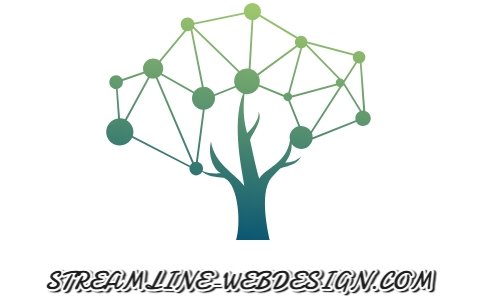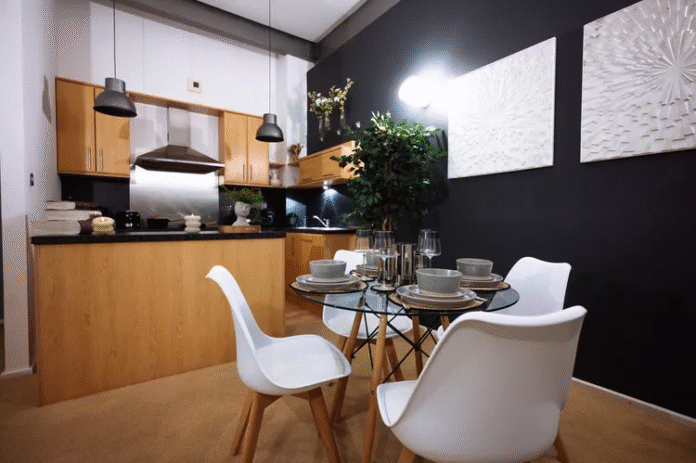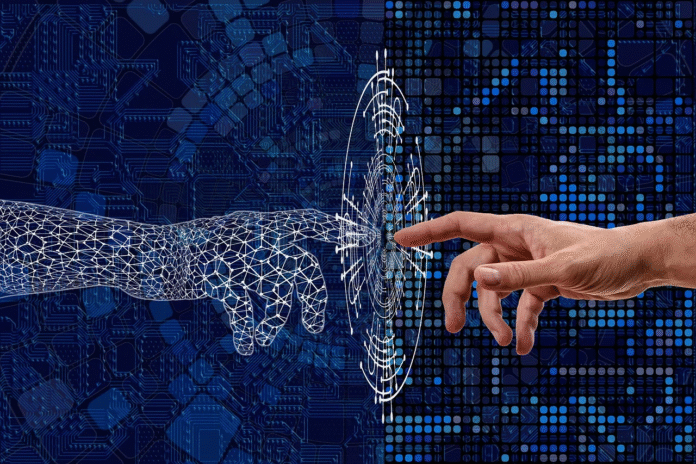
Creating an inclusive digital experience isn’t a one-person job. In fact, the success of accessibility initiatives largely depends on the support of a broader community within your organization. With limited resources, the importance of building a network of allies cannot be overstated. Whether you’re an accessibility champion or just beginning to understand its value, fostering a strong, collaborative community can make all the difference.
The goal is simple: make accessibility a shared responsibility across the entire organization. The more people involved, the more successful and sustainable the effort will be. In this article, we’ll explore how building an effective community—both formal and informal—can create a culture of accessibility that thrives.
Why You Need Allies: The Power of a Supportive Network
Accessibility isn’t just a technical task that can be handed off to one person or team; it’s a cultural shift that requires involvement from everyone. The more allies you have, the greater the impact you can make. The key is to get people to buy into the idea that accessibility benefits everyone—not just those with disabilities, but every user who interacts with your product or service.
In many cases, having a support network is essential for overcoming obstacles, especially when resources are limited. It’s easy to get overwhelmed when working on accessibility alone, but with a team of passionate individuals supporting each other, you can achieve much more. These allies might include colleagues from design, engineering, product management, or marketing—anyone who can contribute to building a more inclusive digital experience.
A supportive community doesn’t just share the workload; it also provides motivation. Making meaningful progress in accessibility can be challenging, and without recognition and encouragement, it’s easy for efforts to stall. That’s why it’s crucial to celebrate wins, both big and small, and acknowledge the contributions of everyone involved.
The Power of Simple Connections: Creating Safe Spaces
One of the easiest and most effective ways to foster a community is by creating informal spaces for communication and collaboration. These can be as simple as a dedicated Slack channel, where team members can ask questions, share best practices, and offer support. In these channels, you can encourage open discussions about accessibility challenges, provide resources, or celebrate milestones.
A Slack channel or similar platform becomes a virtual gathering space for people to come together and discuss accessibility in a non-judgmental, inclusive environment. It’s a place where team members feel safe to ask questions, no matter how basic they may seem, without the fear of judgment. These spaces are where knowledge is shared, and barriers are broken down—both literally and figuratively.
Beyond virtual channels, other low-cost initiatives can further strengthen the community. Consider hosting lunch-and-learns, where team members can learn about accessibility over a casual meal. These informal sessions allow individuals to ask questions in a relaxed environment, while fostering a sense of shared purpose. Regular meetups, whether virtual or in-person, can also be helpful in keeping the momentum going.
Building a Champions Network: Formalizing the Effort
While informal spaces are great for nurturing collaboration, having a more structured approach can also add tremendous value. One powerful way to scale accessibility efforts is by building a formal “champions network.” This network consists of individuals across various departments who are committed to advocating for accessibility within their teams.
Champions can help ensure that accessibility is considered at every stage of product development, from design to testing and deployment. They can also be key players in training and awareness campaigns, making sure that everyone in the organization is equipped with the tools and knowledge to contribute to the accessibility mission. The best part? Champions don’t need to be experts—they simply need to be passionate and committed to making a difference.
These networks can operate as a cross-functional group, ensuring that accessibility doesn’t get siloed within a specific team. With champions spread across different departments, accessibility becomes a shared responsibility, and the impact is more far-reaching.
Recognizing and Celebrating Wins
Building a community around accessibility isn’t just about the work—it’s also about celebrating the people doing the work. Recognizing efforts, no matter how small, goes a long way in maintaining enthusiasm and motivation. Celebrating accessibility milestones, whether it’s completing a major accessibility overhaul or simply finding a new way to improve the user experience for those with disabilities, reinforces the message that accessibility is a priority.
Recognition can take many forms, from a simple thank-you note to public acknowledgment in team meetings. When people feel their efforts are appreciated, they’re more likely to stay engaged and continue advocating for positive change.
Furthermore, celebrating wins helps raise awareness about the importance of accessibility, not just within the team but across the organization. It reinforces the idea that accessibility isn’t a checkbox—it’s an ongoing commitment that requires continuous effort and improvement.
External Networks: Learning from the Community
While internal community building is essential, it’s also valuable to connect with others outside your organization who share your passion for accessibility. This is where external groups and networks can play a vital role. One such network is the Champions of Accessibility Network (CAN), which brings together individuals from various industries and backgrounds to share knowledge, resources, and experiences. Joining such groups allows you to learn from others, stay informed about industry trends, and build connections with like-minded individuals.
These external communities provide a space for sharing best practices and lessons learned, and they can offer emotional and professional support as you navigate your own accessibility journey. They’re a reminder that you’re not alone in this effort—and that collectively, you can create a more inclusive digital world.
Building a Lasting Impact
Ultimately, the success of your accessibility initiatives depends on the strength of your community. By creating spaces for people to collaborate, sharing knowledge, and recognizing efforts, you can ensure that accessibility becomes a fundamental part of your company’s culture. As accessibility champions work together, the collective impact grows, and the organization becomes more capable of achieving long-term, sustainable change.
Whether it’s through a Slack channel, lunch-and-learns, a formal champions network, or connecting with external communities, the goal is the same: to create a culture where accessibility is embedded in everything you do. With the right community, this vision becomes not just achievable, but inevitable.











